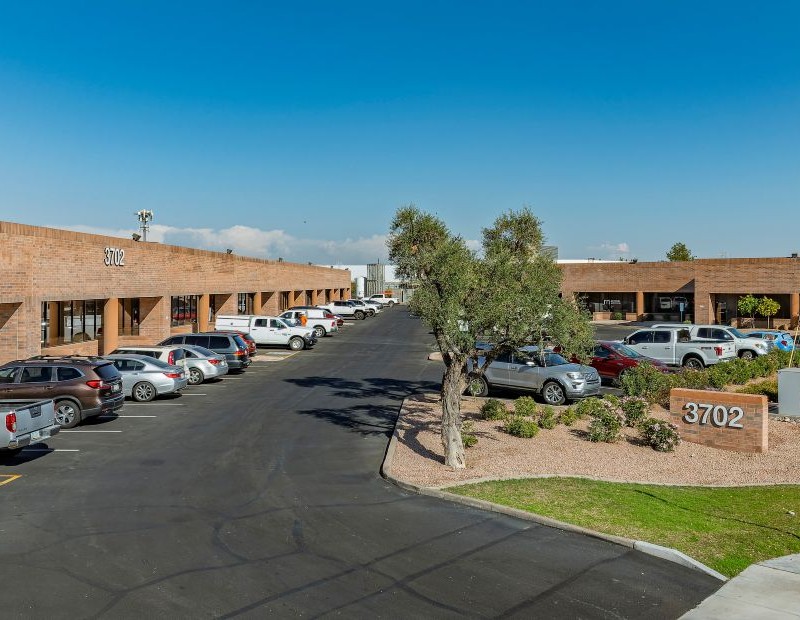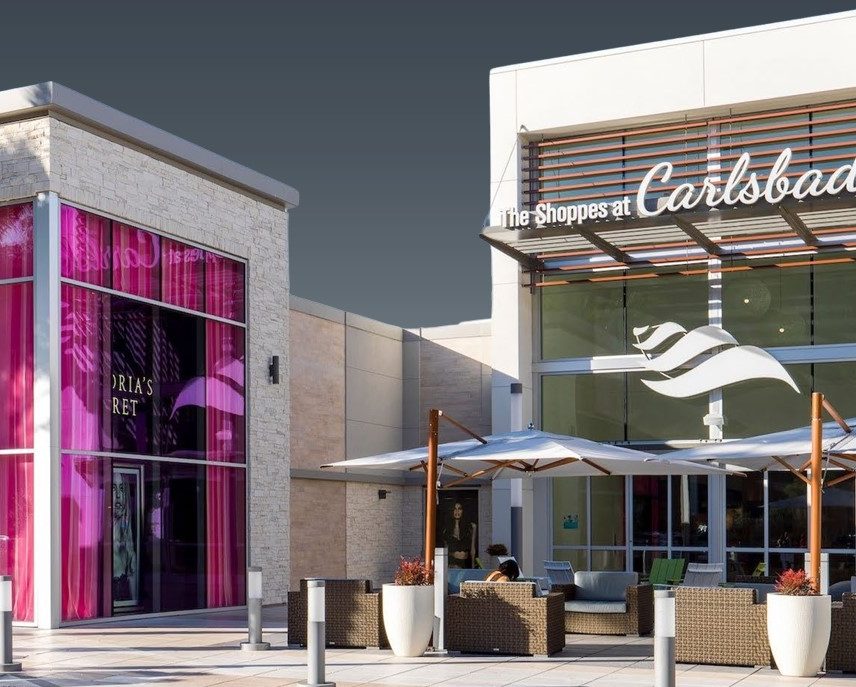Roger Humphrey: Top 10 U.S. Life Sciences Clusters
Global shifts in the life sciences landscape may be rewriting the global map, but U.S. cities continue to lead the world in biopharmaceutical resources and enterprises. The 2014 JLL Global Life Sciences Cluster Report analyses top U.S. life sciences clusters, ranks the cities for their prominence in the industry and also offers an analysis of…
Global shifts in the life sciences landscape may be rewriting the global map, but U.S. cities continue to lead the world in biopharmaceutical resources and enterprises. The 2014 JLL Global Life Sciences Cluster Report analyses top U.S. life sciences clusters, ranks the cities for their prominence in the industry and also offers an analysis of global trends in 17 countries.
U.S. life sciences clusters with a large presence of small start-ups, mid-tier biotech firms and specialty companies flourished in 2013, with moderate increases in year-on-year employment and establishments. Conversely, clusters with a major-tenant base, such as large headquarter campuses or manufacturing sites, generally experienced declining employment. Below is the 2014 ranking of the top 10 U.S. life sciences clusters:
- Greater Boston (no change)
- San Francisco Bay Area (+1)
- San Diego (-1)
- Raleigh-Durham (no change)
- New Jersey/NYC/Westchester (+2)
- Los Angeles/Orange County (+2)
- Philadelphia (-2)
- Suburban Maryland/Metro Washington DC (-2)
- Minneapolis/St. Paul (no change)
- Seattle (no change)
Boston continues to lead in life sciences resources
 The Greater Boston Area once again tops the U.S cluster scorecard. Although San Diego and the San Francisco Bay Area reported higher year-over-year employment growth, Boston’s ability to attract venture capital and U.S. National Institutes of Health funding secures its position as the top life sciences cluster in the world. All three cities are expected to lead the United States’ life sciences industry in the coming years because of the critical mass of start-ups and mid-tier companies, leading research institutions, access to private and public funding, and local leaders focused on growing their life sciences industries. With three of the country’s top 10 clusters, California is the top U.S. state for life sciences innovation.
The Greater Boston Area once again tops the U.S cluster scorecard. Although San Diego and the San Francisco Bay Area reported higher year-over-year employment growth, Boston’s ability to attract venture capital and U.S. National Institutes of Health funding secures its position as the top life sciences cluster in the world. All three cities are expected to lead the United States’ life sciences industry in the coming years because of the critical mass of start-ups and mid-tier companies, leading research institutions, access to private and public funding, and local leaders focused on growing their life sciences industries. With three of the country’s top 10 clusters, California is the top U.S. state for life sciences innovation.
Global shifts in innovation, markets
Following the “gloom and doom” era of patent expirations, depleted product pipelines and uncertainty in U.S. healthcare reform, 2013 brought new energy to the life sciences sector. As Big Pharma retrenches, small- to medium-sized companies and specialty players are steadily growing, propelling initial public offerings to a volume not seen in years. Across the board, small and mid-size companies are driving most facility development and leasing transactions.
As detailed in the 2011 Global Life Sciences Cluster Report, the life sciences industry’s move to more profitable models has led to a facilities footprint evolution. More than a third of life sciences companies anticipate reducing or consolidating their real estate portfolios in European markets, while shifting production facilities or even entire business units and R&D centers to emerging markets, according to JLL’s 2014 Corporate Real Estate Trends for the Life Sciences Sector survey of corporate real estate executives.
The need for strategic corporate real estate portfolio planning is at an all-time high, as companies of all sizes seek operating efficiencies. Beyond strategic site selection, the life sciences sector has become the most active in outsourcing portfolio and facilities management, according to the Corporate Real Estate Trends report, with 22 percent fully outsourcing these functions, compared to 13 percent in other industries. Facilities management outsourcing is expected to grow in the life sciences sector in the next three years, expanding “beyond the yellow line” to encompass management of laboratory and production equipment, hazardous waste, supply chain, facilities regulatory compliance and other critical areas.
Roger Humphrey is Executive Managing Director and Leader of JLL’s Life Sciences practice. He guides a team of more than 1,300 professionals dedicated to developing customized solutions that help pharmaceutical and biotech companies reduce costs and boost productivity throughout their real estate and facilities portfolios. He can be reached at Roger.Humphrey@am.jll.com








You must be logged in to post a comment.